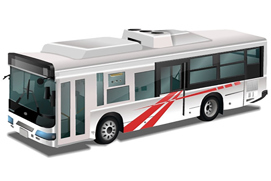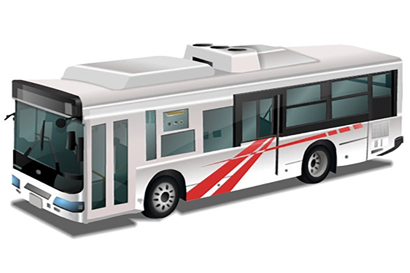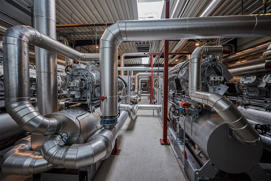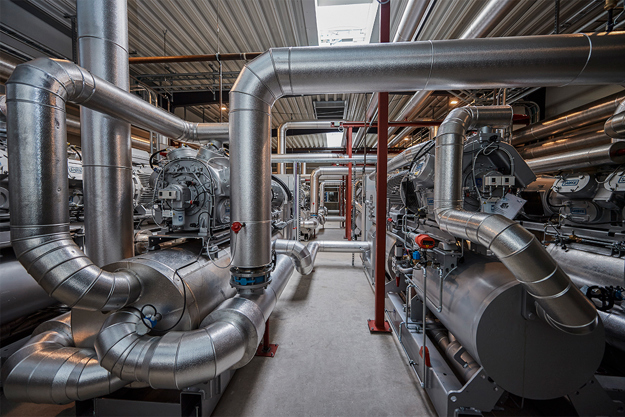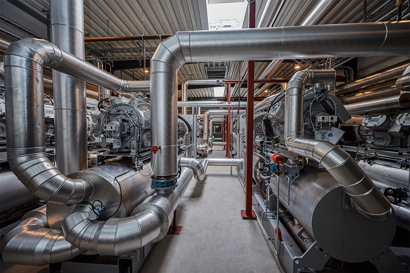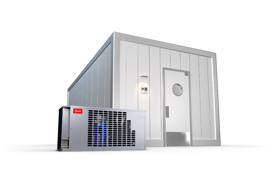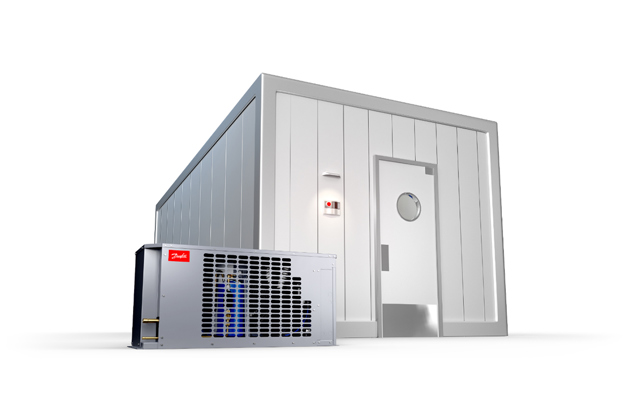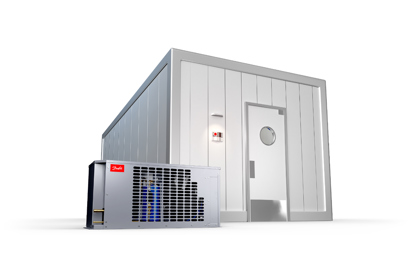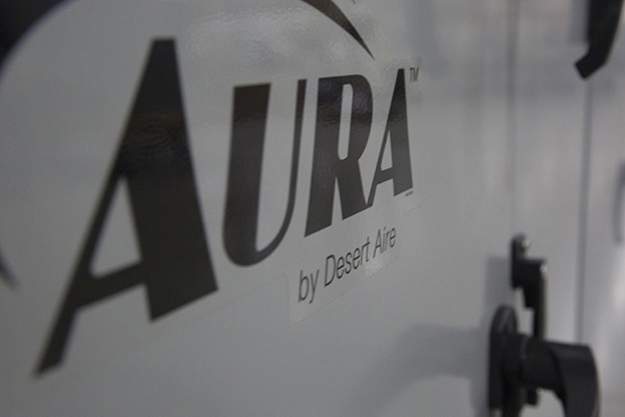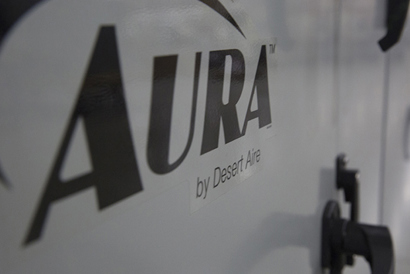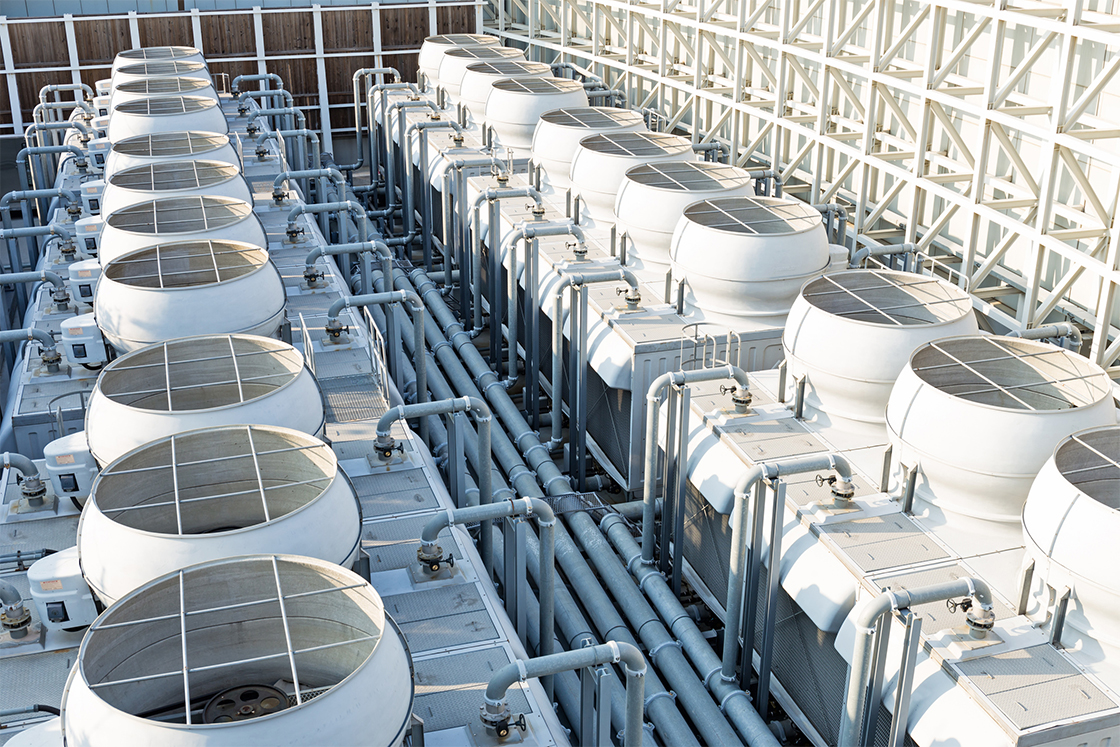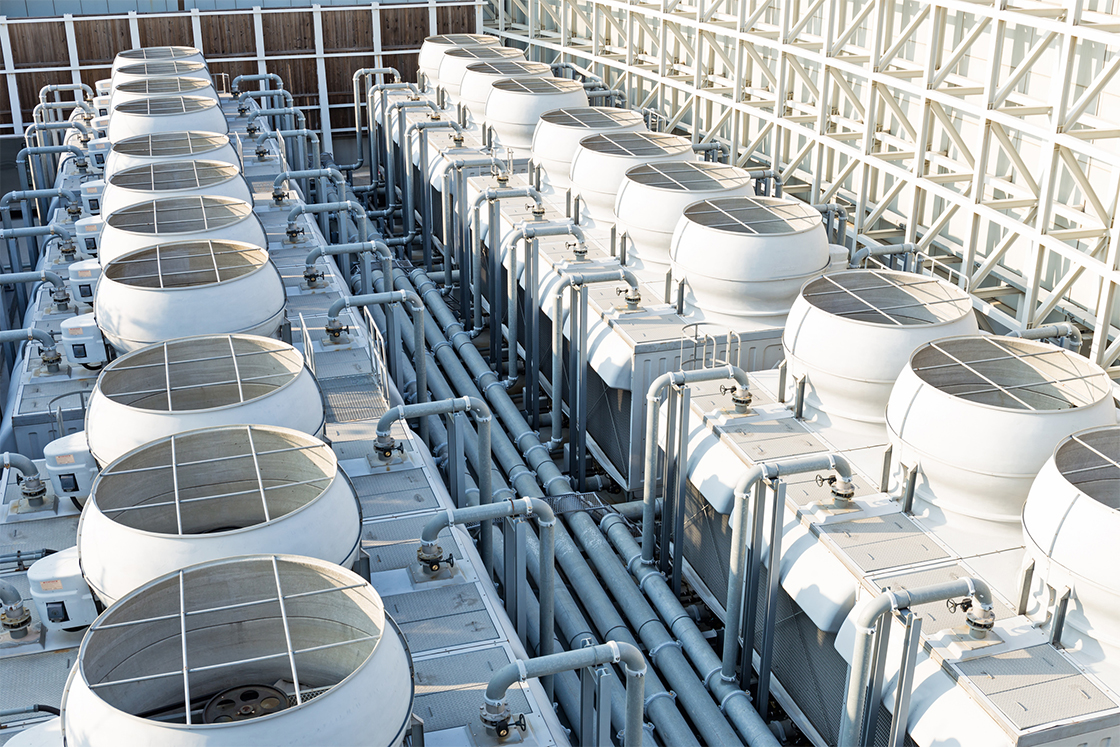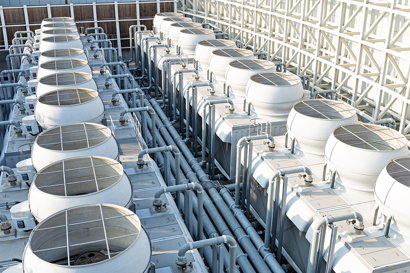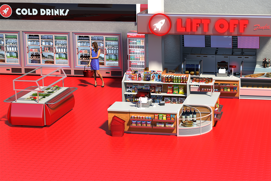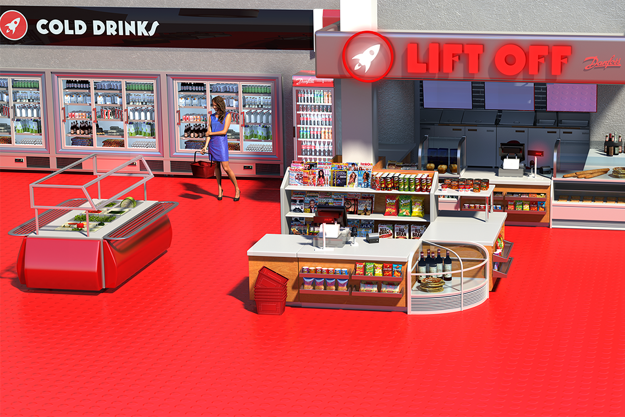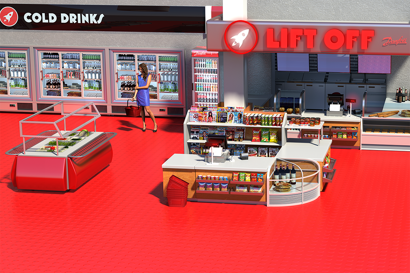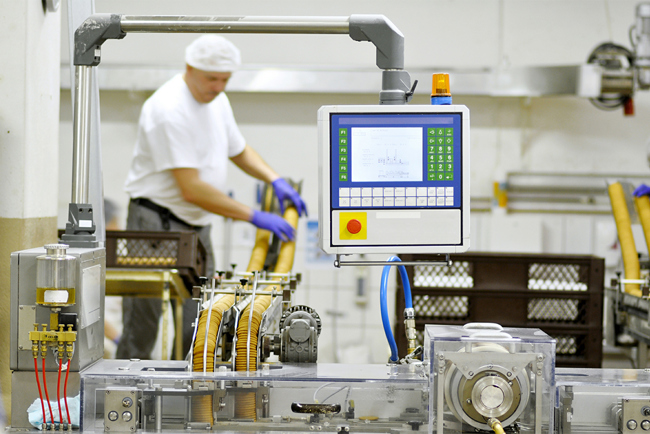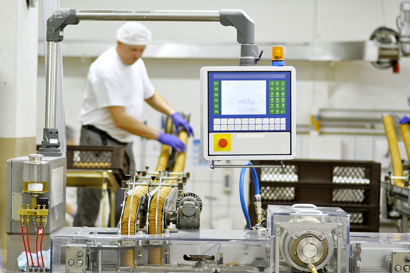BOCK® hydrocarbon compressors: The natural choice
Hydrocarbons are gaining ground as a natural refrigerant alternative in applications like supermarket refrigeration and chillers. Danfoss BOCK®'s hydrocarbon compressors are based on the HG well-known platform, and offer long-term reliability and safety for system manufacturers, users, and investors.
Our specialized HC compressors come with safety modifications and are optimized for hydrocarbon use. However, please note that only trained experts should operate them, adhering to safety measures and an agreement on hydrocarbons as a refrigerant (BOCK Art. No. 09996).
Features and benefits of hydrocarbon compressors:
Optimized total cost of ownership (TCO): cost-effective HC compressor version available, including non-ATEX option
Highest efficiency: achieve maximum efficiency for your operations
Sustainable solution: embrace an eco-friendly approach with hydrocarbon compressors
Holistic design: specifically tailored for hydrocarbon applications
Reliable long-life design: benefit from over a decade of experience in various applications
Wide & safe operating range: the market's largest reciprocating HC range offers versatility and safety, even in special applications
Differences to a standard HG compressor
- Oil sump heater (necessary)
- Thermal protection thermostat (recommended)
- Special oil charge
- Durable driving gear for demanding applications with hydrocarbons
- Electronic motor protection
- INT69 G enclosed for installation in the switch cabinet
ATEX compressors
Looking for spare parts?
BOCKSHOP Spare parts catalog
SEARCH. CLICK. FIND.
The online spare parts catalog allows you to find the right spare parts and accessories for BOCK compressors and units with just a few clicks.
Documents
| Type | Name | Language | Valid for | Updated | Download | File type |
|---|
Software

Compressor selection tools - VAP
The VAP tool is ideal for finding the appropriate compressors or units for stationary applications. By inputting the required refrigerating capacity and operating conditions, the tool will display compatible components right away. In the VAP tools you will also find additional details about the suggested compressors.
Related applications
-
if (isSmallPicture) {


 Bus and train air conditioning
Bus and train air conditioningDanfoss provides bus & train air conditioning parts for energy-efficient systems. Visit us here - and learn more about our transport air conditioning systems.
-
if (isSmallPicture) {


 Condition monitoring of HVAC/R systems
Condition monitoring of HVAC/R systemsIn air flow and indoor air quality-related applications, condition monitoring functionality improves system uptime and competitiveness by preventing issues before they occur.
-
if (isSmallPicture) {


 Industrial heat pumps
Industrial heat pumpsDanfoss provides components and knowledge to help you design and develop even more efficient and competitive heat pump systems in industrial applications.
-
if (isSmallPicture) {


 Walk-in Coolers and Freezers
Walk-in Coolers and FreezersDanfoss solutions for cold rooms help keep the food fresh and safe for consumption and therefore contribute to reducing food loss and waste.
Case studies
-
if (isSmallPicture) {


 Danfoss adapts Optyma™ Slim condensing unit to meet G&D Chillers’ needs
Danfoss adapts Optyma™ Slim condensing unit to meet G&D Chillers’ needsDanfoss, to meet the needs of G&D Chillers, used the microchannel heat exchanger and DSH inverter scroll with intermediate discharge valve to customize the Optyma™ Slim condensing unit, making it compatible with the high-efficiency refrigerant R-410A.
-
if (isSmallPicture) {


 Engineering Tomorrow facilitates quiet, modular retrofit of office building’s VAV system
Engineering Tomorrow facilitates quiet, modular retrofit of office building’s VAV systemWhen the owners of One Tower Bridge—a 15-story office building in West Conshohocken, Pennsylvania—needed to replace its 30-year-old HVAC units supplying the facility’s floor-by-floor VAV system, they turned to United CoolAir’s VariCool EZ-Fit units using Danfoss variable speed scroll compressors due to their flexible modular design and ability to handle capacity, efficiency, and noise challenges.
-
if (isSmallPicture) {


 University’s marine science lab finds extreme savings with variable-speed chiller plant
University’s marine science lab finds extreme savings with variable-speed chiller plantLocated close to various waterways, the University of North Carolina Wilmington (UNCW) takes marine science seriously. Its new MARBIONC Building — a 69,000-square-foot interdisciplinary research facility for marine biotechnology — provides labs for lease to commercial enterprises that require reliable, energy-efficient 24/7/365 cooling. Faced with high humidity and mid-Atlantic climate variations, the building required a chiller plant that could take advantage of a wide range of operating conditions and still run reliably.
-
if (isSmallPicture) {


 Walk-in coolers: a summary
Walk-in coolers: a summaryUse this list to learn what goes into making an efficient walk-in cooler or freezer.
-
if (isSmallPicture) {


 Walk-in coolers: compressors and heat exchangers
Walk-in coolers: compressors and heat exchangers -
if (isSmallPicture) {


 Engineering Tomorrow doubles new DOAS efficiency
Engineering Tomorrow doubles new DOAS efficiencyImproving indoor air quality by increasing the amount of outdoor air (OA) entering a building is necessary in many facilities. Depending on occupant density, some buildings may require 20 cubic feet per minute (CFM) of outdoor air per person, a volume of air that can increase air-conditioning costs.
Related solutions
-
if (isSmallPicture) {


 Air conditioning
Air conditioningDanfoss air conditioners are durable, energy efficient & affordable, you will find solutions for residential & commercial air conditioning applications.
-
if (isSmallPicture) {


 Commercial refrigeration
Commercial refrigerationAs a leading supplier within commercial refrigeration our extensive product range enables us to support solutions for anything from transport refrigeration to specialty cooling.
-
if (isSmallPicture) {


 Danfoss Smart Store ADC demonstrates the journey towards a net-zero supermarket
Danfoss Smart Store ADC demonstrates the journey towards a net-zero supermarketThe need for supermarkets to improve energy efficiency, reduce food loss and minimize carbon footprint is higher than ever before. In cooperation with a Danish supermarket Danfoss has installed all the lasted technologies and solutions to achieve one of the most energy efficient supermarkets possible.
-
if (isSmallPicture) {


 Food processing and storage
Food processing and storageDanfoss helps bring food to the consumers by providing reliable food processing and storage safety technology. Learn more about our solutions here.

